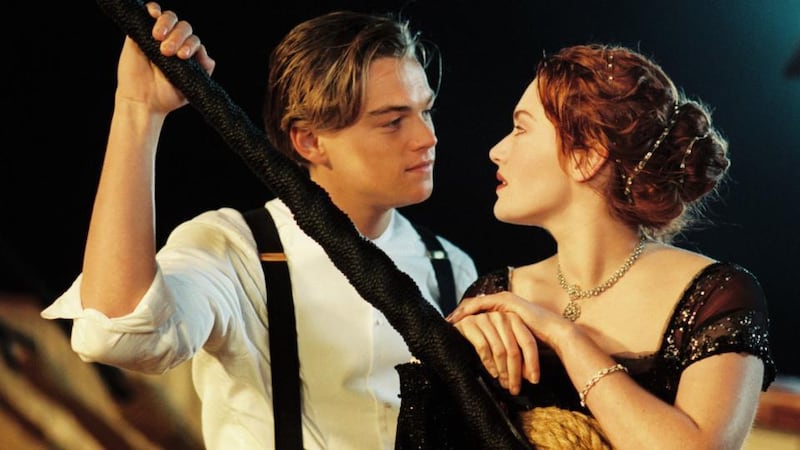There is, of course, no such thing as the “best picture of the year”. We have yet to devise a machine that can objectively assess the quality of any artwork. This is just as well. If Dr McBoffin ever does perfect his filmometer, then all those competing gong fests will be rendered totally irrelevant. With one sweep, “awards season” will go back to being “winter and a bit of spring”.
Until then, the Academy of Motion Picture Arts and Sciences will continue, with naked hubris, to take its own stab at anointing one film as the very finest of the previous 12 months. This has not always worked out so well. By those voters' reckoning, How Green Was My Valley was better than Citizen Kane, Crash was better than Brokeback Mountain and Oliver! was better than 2001: A Space Odyssey .
We need not ask: “Do they ever get it right?” A more useful question is: “Have they ever got it right?” Are there any best picture winners that – making use of our own jerry-built filmometer – look like realistic contenders for the year’s best picture?

Let's go easy on the Academy. We'll stick to films that received respectable distribution in the US. It seems a little unfair to bemoan the under-performance of My Camel Is No Longer at the Yam Yam Tree.
During the current century, the Academy avoided disgrace in 2007 and 2011 by honouring, respectively, No Country for Old Men and The Artist. The former is, perhaps, not the equal of There Will Be Blood. The Artist seems like a magnificent trifle when set beside Melancholia and Drive . But those films will do well enough.
The 1990s threw up a morass of worthy stodge such as Forrest Gump, The English Patient and – we still haven't forgotten – the notorious Titanic . US cinema may have opened itself up to new schools of independent film-making, but the likes of Quentin Tarantino, Todd Haynes and Gus Van Sant failed to score with an aging electorate easily scared by rude words and loud noises.
In the 1980s, the timeless ET: The Extra-Terrestrial fell to the creaky Gandhi , while the dreary Ordinary People knocked out the faultless Raging Bull . Neither high-quality populist material nor ground-breaking viscera was deemed sufficiently "worthy".
In the early 1970s, however, the voters found themselves unable to resist the rise of a new, energetic post-classical cinema. The competition was fierce in 1974, but The Godfather Part II (currently playing in a nice restored edition) really could be the best film in a year that also greeted The Conversation and Chinatown .
So, maybe we shouldn't be too hard on the old devils. After all, the current favourite to win on Sunday night is Steve McQueen's 12 Years a Slave . That sounds about right. Heck, looking further back, they also recognised All About Eve and The Apartment .
Mind you, if American Hustle pulls off an upset then we can merrily return to our griping.


















